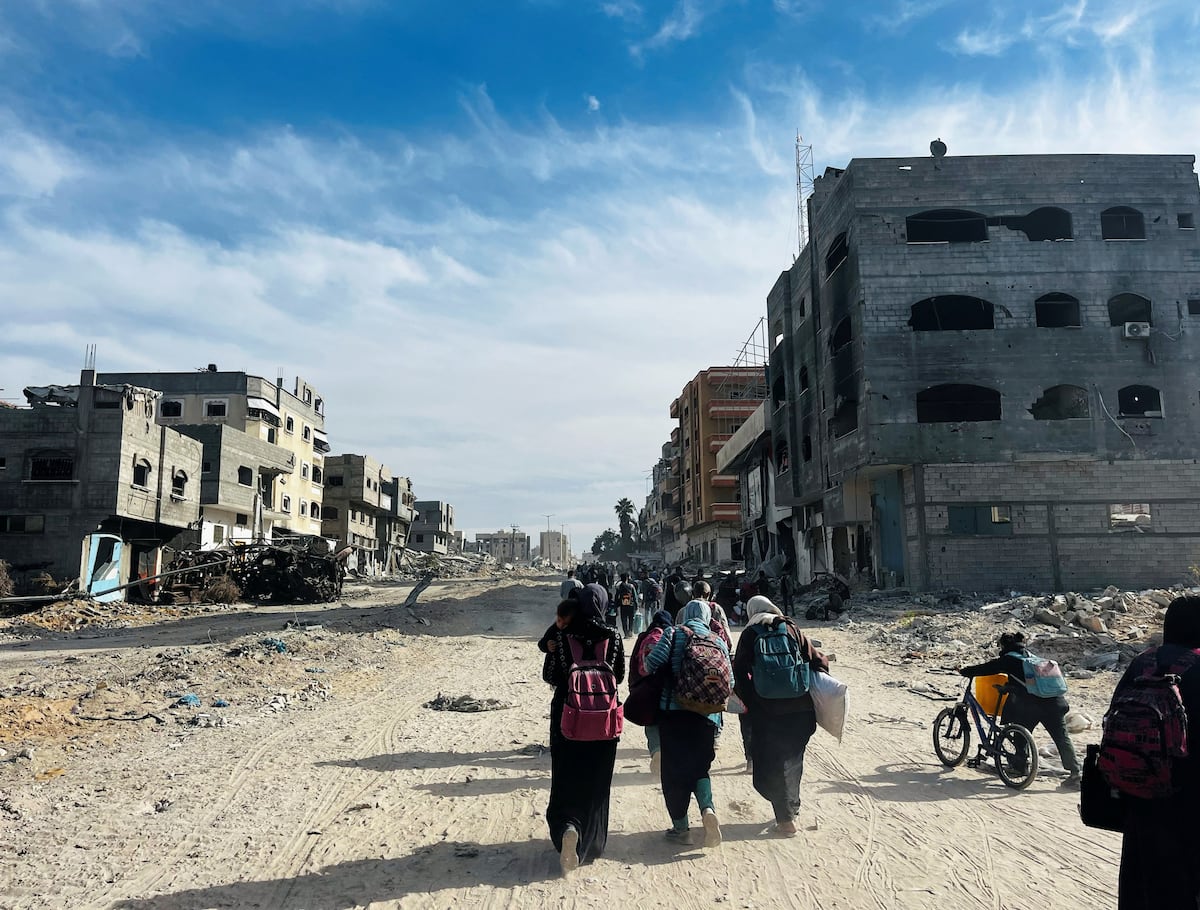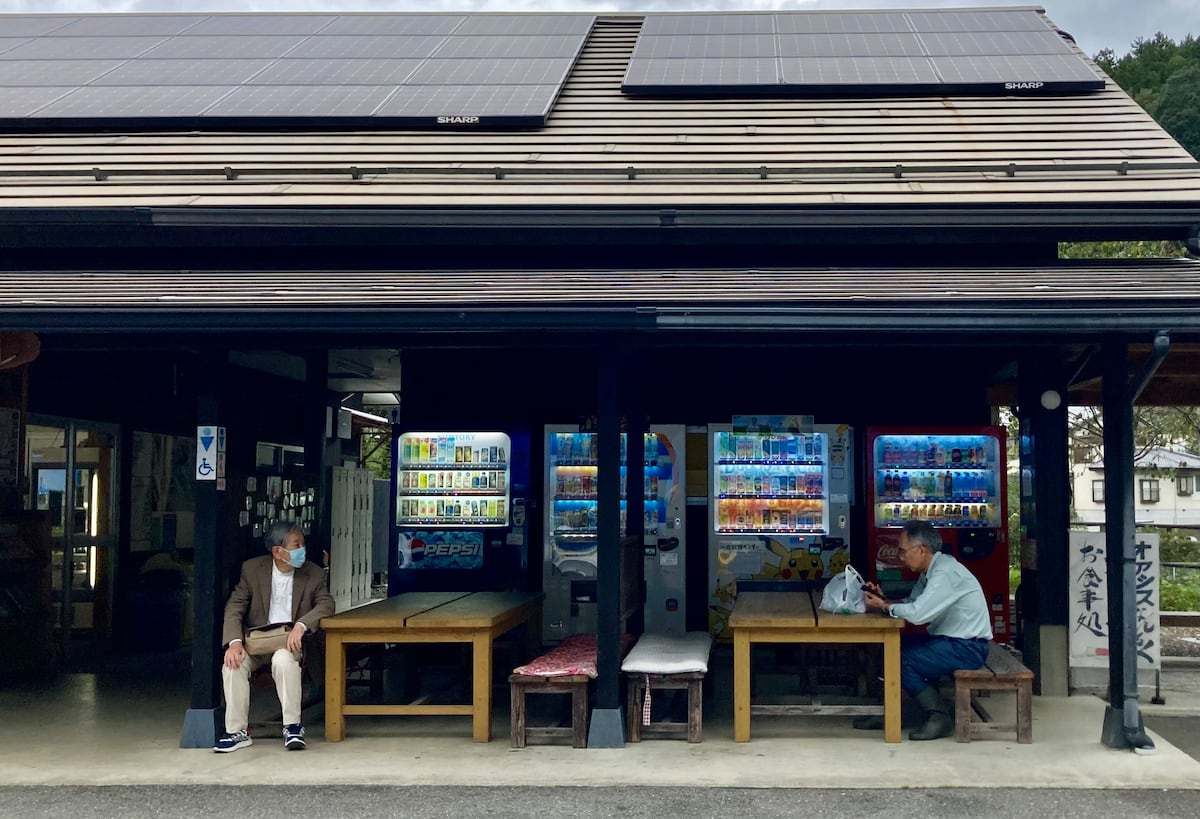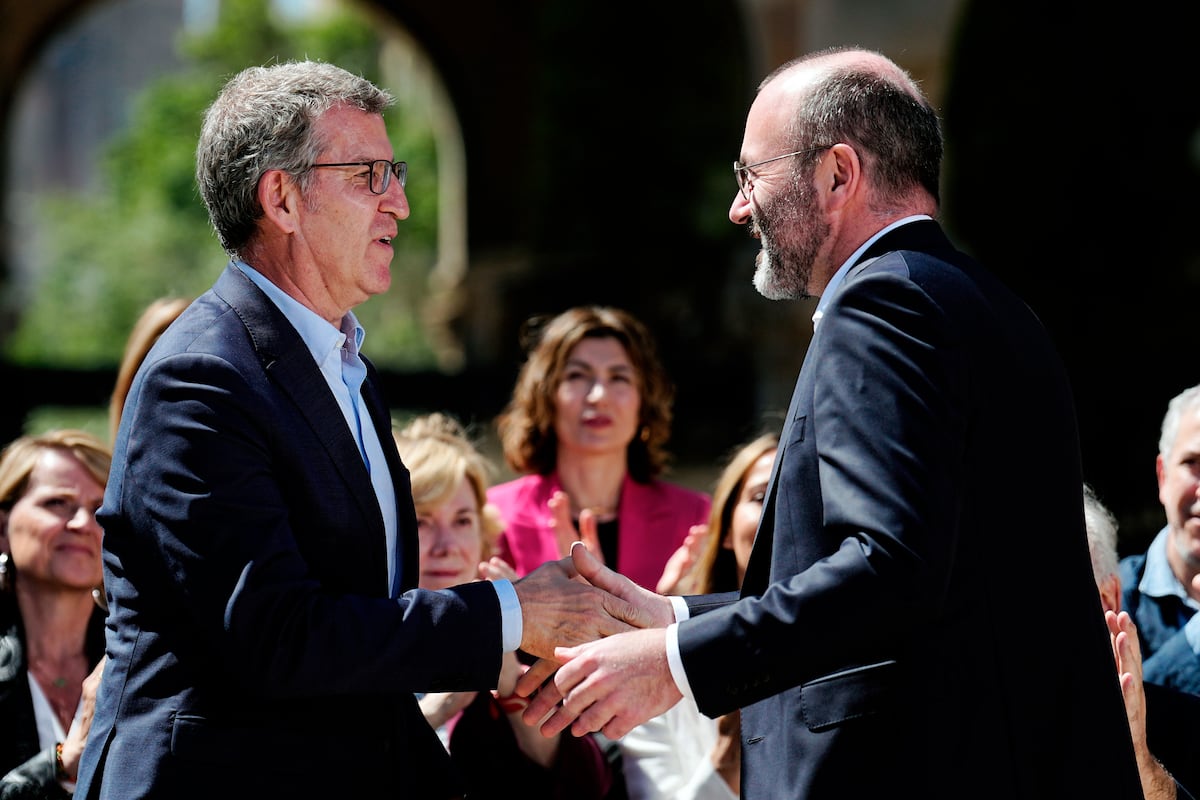The victory of Donald Trump, on the 6th, has given new impetus to the parallel Israeli invasion of Lebanon and Gaza, where the deaths are counted daily by the dozens. With the possibility of a ceasefire as a dream from other times and awaiting the replacement in the White House, Israel has taken the incursion into southern Lebanon to a new phase, already penetrating what has been dubbed the “second line” of defense of Hezbollah. Meanwhile, the aviation and naval forces are in charge of the most intense bombing in recent weeks in other parts of the country: more targets, more areas and several rounds a day in Dahiye, the southern suburb of Beirut, something unprecedented before. On the deadliest day of the week, Tuesday, the death toll reached 78. On Thursday, 59.
One of these attacks killed Mohamed Afif, Hezbollah’s media head, this Sunday, as confirmed by security sources to the Reuters news agency. The group has not commented on the matter, although the national head of Baaz (the party whose headquarters was the target of the attack), Ali Hijazi, has admitted in a television interview that Afif had been in the building. The Ministry of Health reports one dead and three injured.
Afif was the voice of the party-militia in the press conferences (he already abandoned one quickly last month for fear of being assassinated by Israel) and who led the tours to journalists, especially since the start of the war. He served as an advisor to Hasan Nasrallah, the leader of Hezbollah for three decades, assassinated by Israel last September, and directed Al Manar, the television channel of the Shiite party-militia.
The Israeli military authorities did not issue prior notice to the population to evacuate, as they usually do when they launch one of their so-called targeted assassinations. Another fact is also unusual: it was directed against a civil charge. The majority of leaders that Israel has killed belong to the armed branch. It has also been in Ras el Nabaa, a neighborhood of Beirut that has been absorbing numerous Shiites displaced from more affected areas, which is why it represents the first attack in more than a month in the center of the capital, which dawned covered by a line of smoke from the intense bombing of recent days in the suburbs.
36 Lebanese soldiers killed
One of the bombings has ended the lives of two soldiers of the Lebanese army, which strives to stay out of the conflict (neither can nor does it want to get involved), but has already lost 36 soldiers to Israeli fire, according to the first country’s minister, Najib Mikati. They were at a checkpoint when the projectile hit them, also wounding two of their companions.
In this context, Israeli troops have reached their deepest point in Lebanon this Saturday, where they are advancing slowly (partly due to the resistance they encounter, despite Hezbollah’s weakness) and dynamiting entire towns. Hezbollah itself has also extended its attacks, targeting the city of Haifa (Israel’s third city) for three consecutive days.
It is the result of the Israeli intensification in recent days of the war dynamics that it applies in both Gaza and Lebanon. How to target health workers and firefighters, including those from the state Civil Defense. On Thursday, in the Becá Valley, he killed 15 in one specific attack alone. In another, that same day, four more. They already exceed 200, around 6% of the bodies in Lebanon since October 2023, when Hezbollah began a low-intensity confrontation (the day after the Hamas attack in Israel) that Israel converted almost a year later into an open war that It has left 3,481 dead and 14,786 injured in Lebanon, and has forced the displacement of more than a million people.
Meanwhile, in the north of Gaza, the dynamic consists of the expulsion of the population accompanied by a siege, the use of hunger as a weapon of war and bombings that cause massacres that have ceased to be the exception in 13 months of war. The last one, in the early hours of this Sunday. A missile has killed dozens of people when it hit a residential building in Beit Lahiya, leaving images of people pulling bodies from the rubble.
Emergency services estimate there were up to 70 people in the destroyed building. The Ministry of Health of the Hamas Government in Gaza puts the death toll at 72. The Israeli army generally reported attacks during the early hours against “terrorist targets” in Beit Lahiya and announced the death of two of its soldiers in attacks on the redoubts. of militiamen in the area, who use urban guerrilla tactics.
Israeli attacks against those guarding humanitarian aid are also common. This Sunday, a bombing in Khan Yunis (on the other side of the Strip) killed five members of the security team who were guarding one of the convoys. It was then looted by Palestinians.







